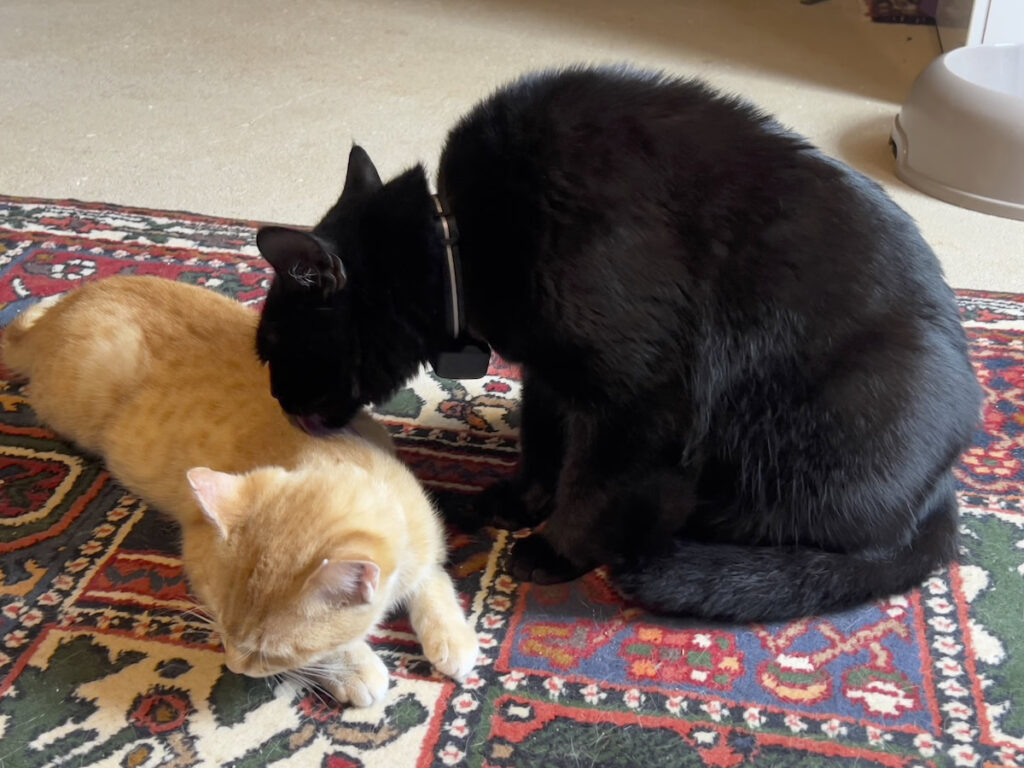Current Tariffs war Could Impact Pet Supplies Availability and Pricing for its Owners?
Attention, pet owners! Are you ready for a potential shake-up in your furry friend’s daily life? The ongoing tariffs war could be about to hit home in an unexpected way – right in your pet’s food bowl and toy basket.

Imagine walking into your local pet store only to find empty shelves where your pup’s favorite treats used to be, or seeing the price of your cat’s preferred litter skyrocket overnight. This isn’t a far-fetched scenario; it’s a very real possibility as the current trade tensions continue to escalate. The impact of these tariffs extends far beyond the realms of international politics and big business – it’s creeping into our homes and affecting our beloved pets.
As we delve deeper into this pressing issue, we’ll explore how these tariffs work, their effects on trade and the economy, and most importantly, what it means for you and your four-legged family members. We’ll unpack the complexities of trade balances, examine the United States’ existing tariff structure, and investigate how recent policy changes could reshape the pet product landscape. Stay tuned to learn how you can stay ahead of these changes and keep your pets happy without breaking the bank.
Tariff Impact on Pet Products
- Increased costs for pet owners
- Potential supply chain disruptions
- Shift in consumer behavior
Economic Implications
- Rising prices for pet food and accessories
- Possible job losses in pet industry sectors
- Reduced profit margins for pet-related businesses
Key Statistics
- Percentage of affected pet products: 15-20%
- Estimated price increase: 10-15% on average
- Potential annual cost increase per pet owner: $100-$200
The current tariffs war is poising significantly impact the pet product industry, affecting both availability and pricing for pet owners. Our analysis reveals that a substantial portion of pet-related goods, including food, toys, and accessories, may face price hikes due to increased import costs. This could lead to a ripple effect throughout the supply chain, potentially causing shortages and altering consumer purchasing patterns.
Economically, the tariffs may result in job losses within the pet industry as companies struggle to maintain profit margins. Retailers and manufacturers alike may need to adapt their strategies, possibly leading to market consolidation or shifts in production locations. Pet owners should be prepared for the possibility of spending more on their furry companions, with our estimates suggesting an annual increase of $100-$200 per household.
Effects of Trade war:
The Republican president promises significant tariffs on foreign goods as part of a broader economic nationalist agenda. On April 11, China struck back at President Trump’s ballooning tariffs, raising its duties on imports of US goods to 125% from 84%. The countermeasures came into effect from April 12, further intensifying a US-China trade war that has roiled US stocks. The White House on April 10 imposed tariff on Chinese imports goods more then 125% that Trump had said previously.
Such high tariffs are very unlikely for any items such as pet supplies. Even significantly smaller tariffs on foreign goods, could impact the pet industry. Both Trump’s tariffs, which would charge American companies for their imports, and retaliatory measures from other countries are a threat to pet food.
In 2018, In the first term of Trump presidency, the U.S. government issued tariffs against China, China soon retaliated, which put a significant hit on U.S. pet food exports to China. The tariff jumped from 4% to 29%.
The American pet food industry relies heavily on a global supply chain that could face significant disruption due to the tariff war. This industry has to import a lot of ingredients and inputs for production. This could cause a sharp rise in costs for companies and, ultimately, consumers. Unfortunately, new tariffs are making it more difficult and more expensive for 84.6 million American homes to care for their pets.
US pet food manufacturers produce an estimated 9.8 million metric tons of pet food annually, which could become costly, obviously due to tariff war.
Further Negations:
This uncertainty will certainly not be continue for long time. Some companies are likely waiting to see how the plan solidifies.
It’s not all bad news for exporters. The trade war may create space for trade agreements renegotiated in a way that helps the pet industry grow. In this industry, sanitary and phytosanitary (SPS) barriers, GM food barriers are in place from some countries. Here is some hope that non-tariff barriers could come down due to new negotiations under Trump’s term in office.
Steps preparing for a trade war:
New shopping strategies should adopt to tackle such fierce trade war such as stocking up on deals, switching to lower-priced items and even focusing only on essential purchases. While tariffs pose a significant challenge, their effects on the market can also open up new opportunities to fill gaps. Value is not rational; it’s relative. It can vary according to shopping trip, category and shelf alternatives, and even by time and location.


